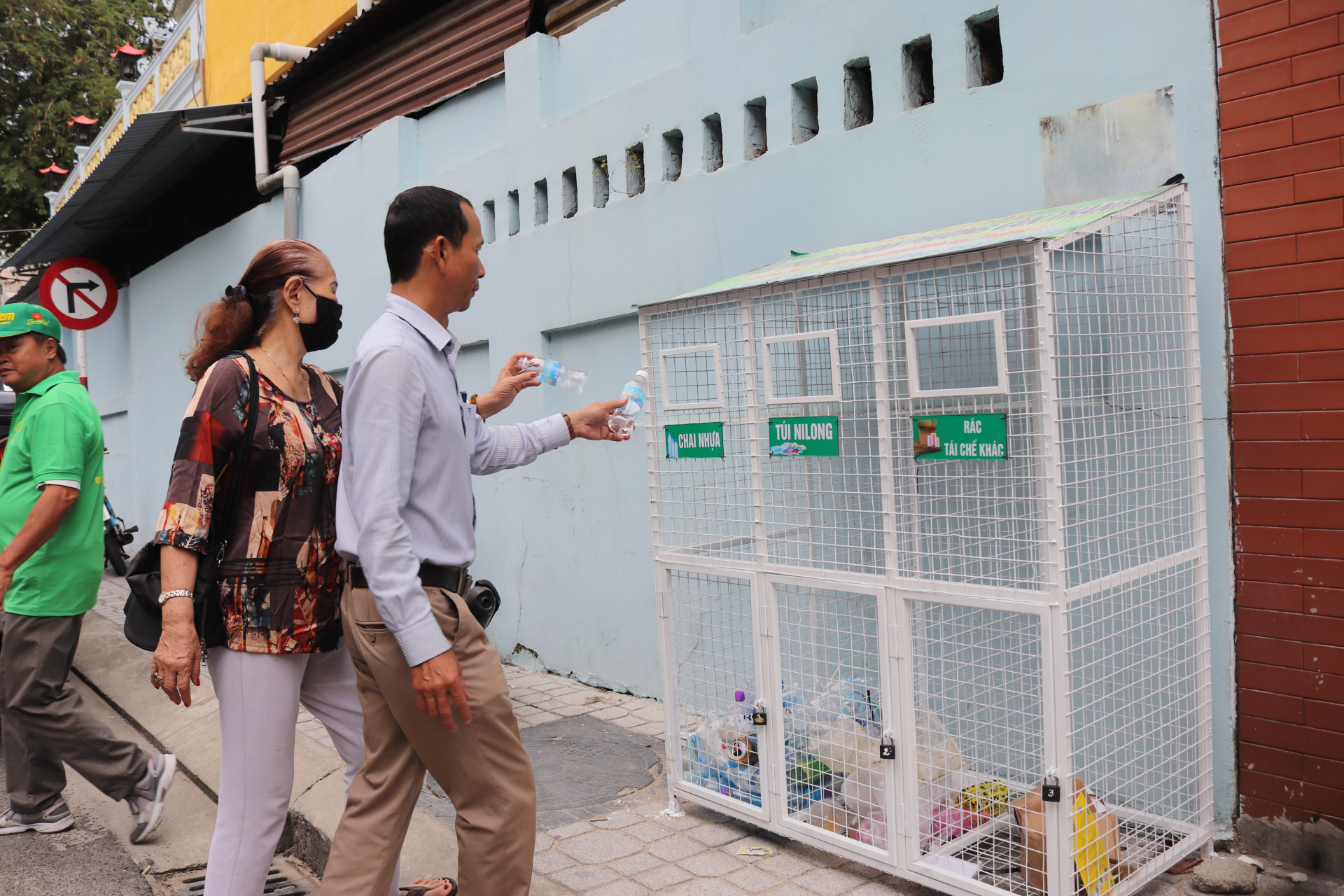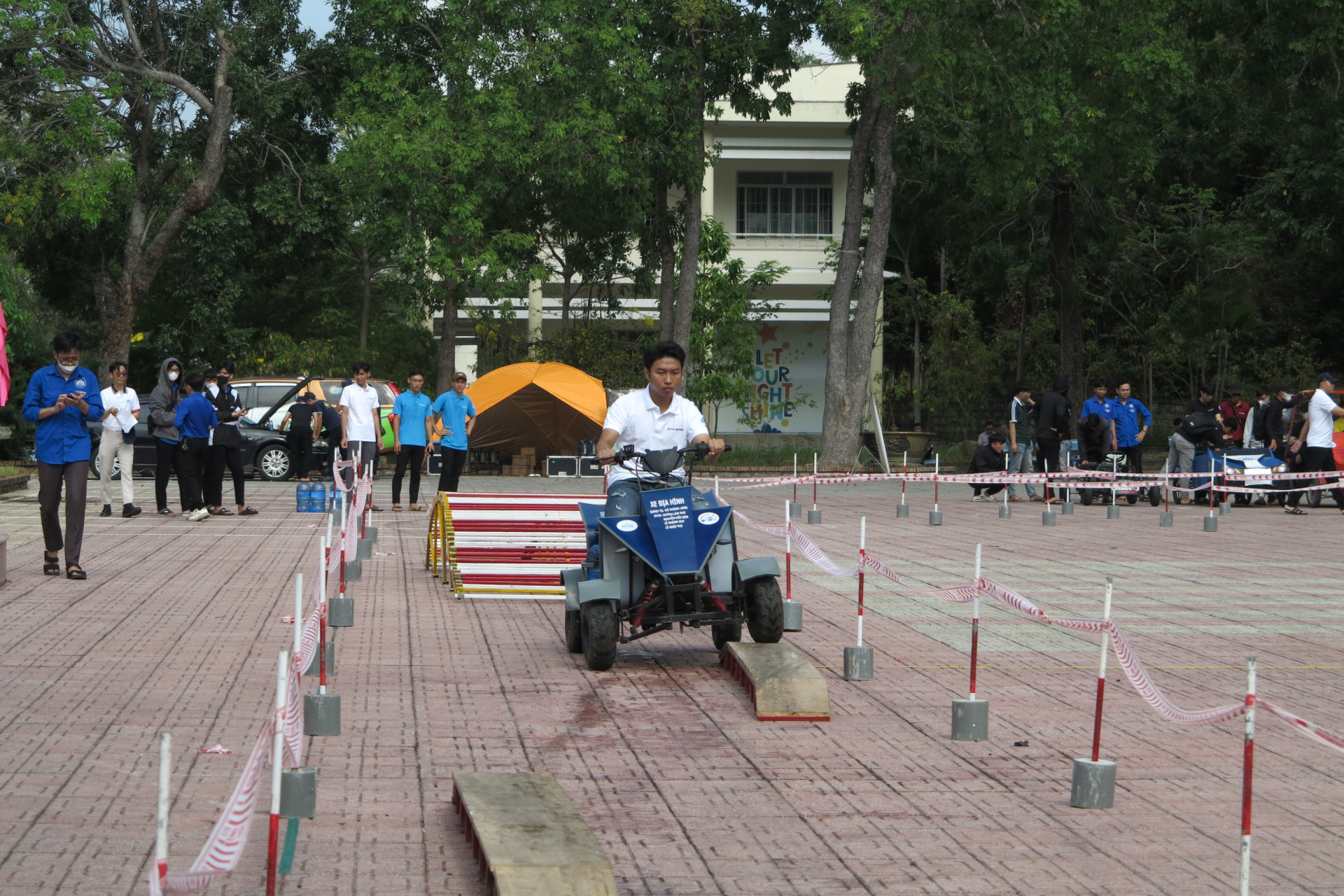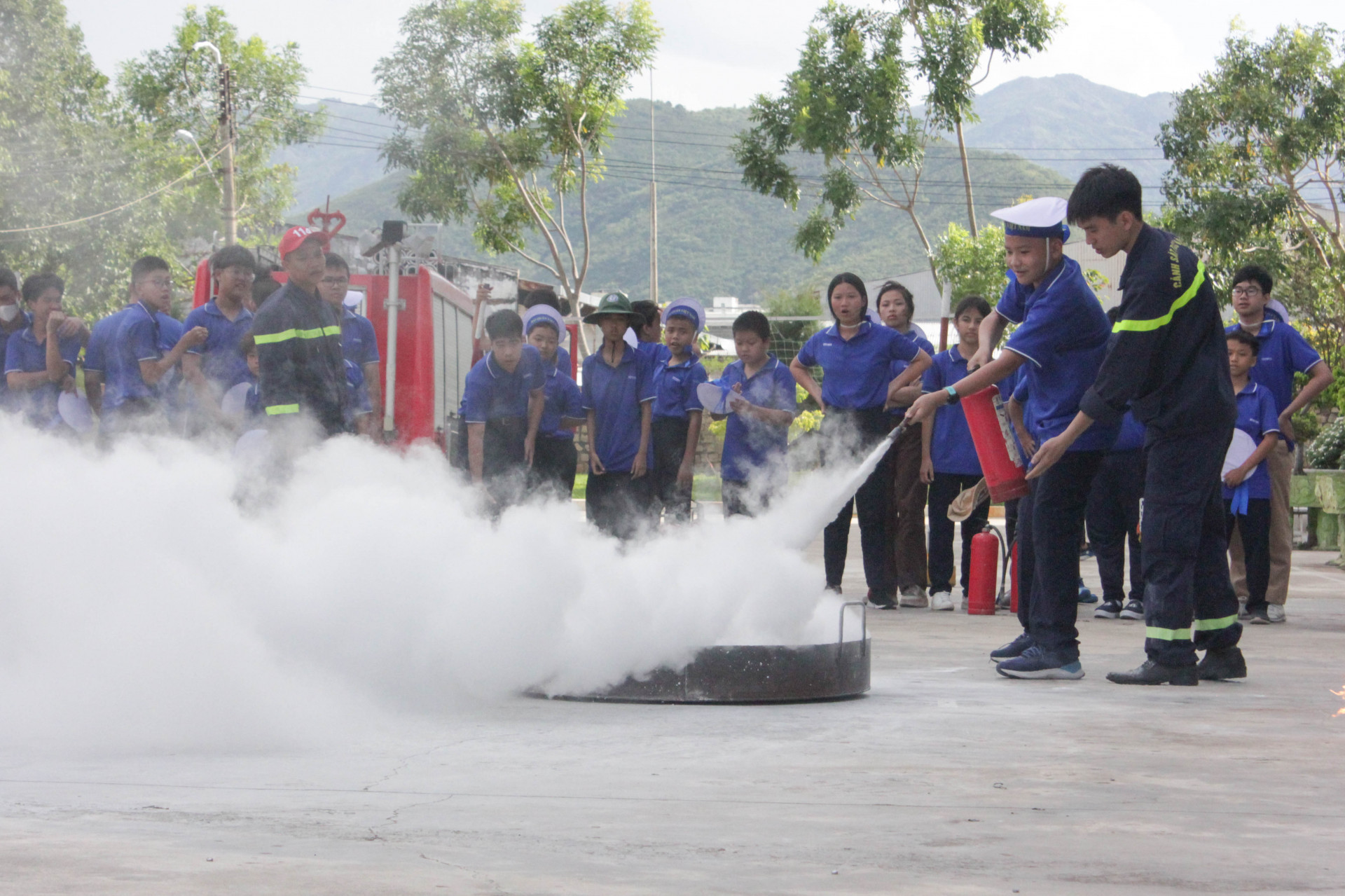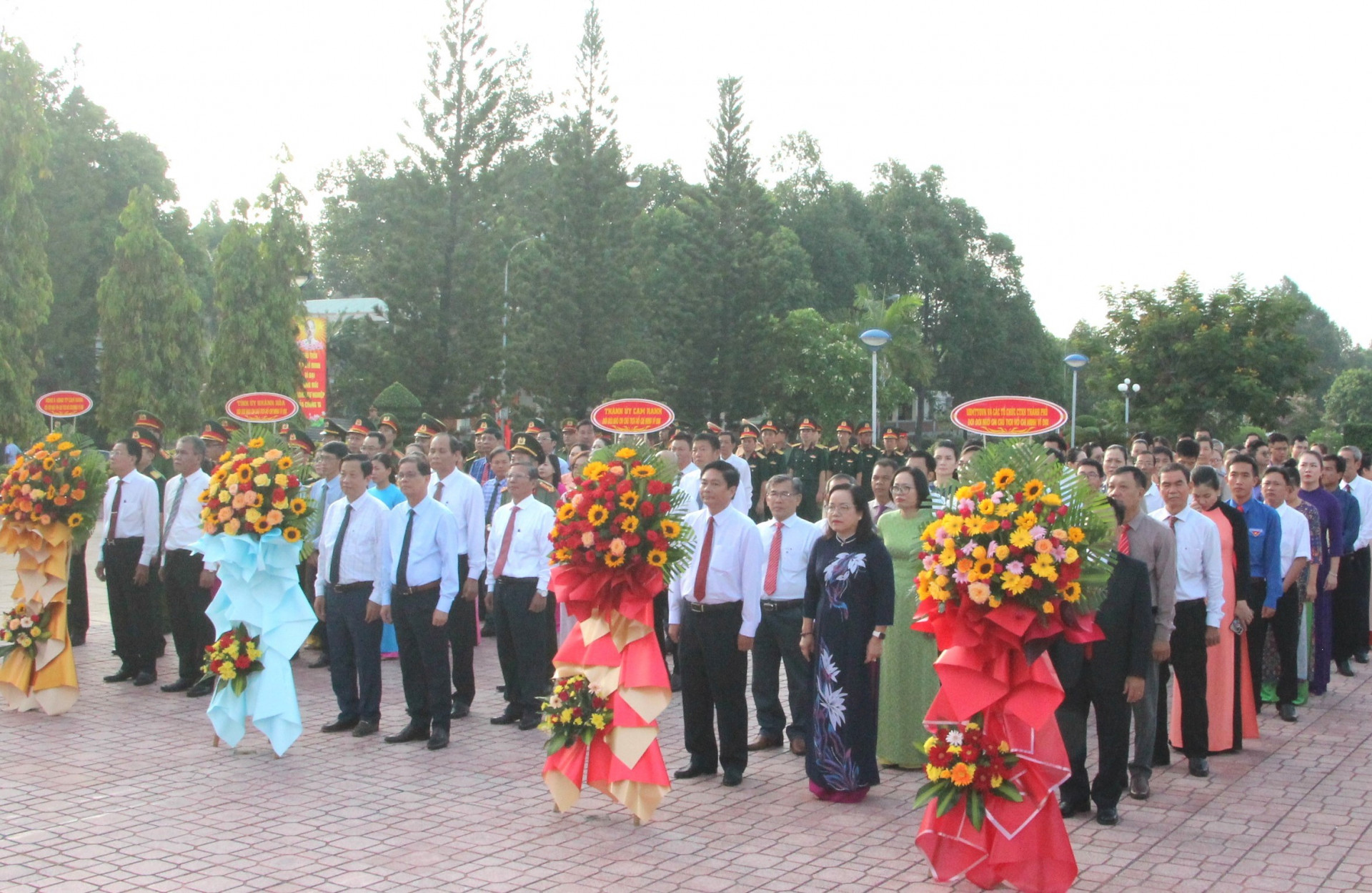Khanh Hoa Provincial People's Committee has just issued a plan No. 4779 on domestic solid waste classification. The plan aims to raise public awareness and sense of responsibility of environmental protection; develop habits of waste sorting; strengthen domestic waste recycling and treatment, thereby saving waste collection, transportation and treatment costs; utilize resources efficiently, minimize environmental pollution; consolidate the network of classified waste collection and transportation meeting waste collection, transportation, treatment and recycling requirements.
 |
| Model of waste classification at source in Van Thanh Ward (Nha Trang City). |
Waste classification for proper treatment
According to Nguyen Thi Lan, Deputy Director of Khanh Hoa Provincial Department of Natural Resources and Environment, domestic solid waste classification, collection, transportation and treatment in
Specifically, domestic solid waste is classified in 3 categories as recyclable waste, organic waste; and toxic waste and others. Reusable and recyclable solid waste, including paper, plastics, metals, glass, cloth, wood, electrical and electronically devices shall be transferred to entities for reuse and recycling.
Food waste, including leftovers, fruit and vegetable peels and agricultural remnants may be used as organic fertilizers and animal feeds. Other waste includes hazardous and bulky waste. Domestic solid waste is sorted and put into different colored containers (white recommended for the recyclable, black for the hazardous and yellow for others).
District-level People's Committees will work out appropriate waste collection and transportation plans based on actual conditions to ensure the domestic waste collection and transportation of waste classified locally is effective, economical and in conformity with environmental protection requirements. Bulky solid waste and hazardous waste may be collected at fixed sites or at home.
Solid domestic waste classification at source from Dec. 31, 2024
The Provincial People's Committee requires that solid waste classification is considered a key task of the entire political system, especially the People's Committees at all levels and socio-political organizations. It is necessary to promote community participation in domestic waste classification at source. The waste classification plan must be carried out synchronously and widely in the province; first in urban and densely populated areas, at apartment buildings, office buildings, shopping centers, supermarkets, markets, schools and then in rural areas to ensure domestic solid waste classification at the source throughout the province no later than December 31, 2024.
State agencies and civil servants are required to take their pioneering and exemplary roles in domestic waste sorting; and mobilize families and individuals to implement the plan. The goals set by the plan are by 2024 all districts, towns, communes and wards will develop domestic waste classification, collection, transportation, treatment and recycling programs, plans and projects in accordance with local practical conditions; make propaganda materials on solid waste classification (handbooks, clips or other appropriate forms) and establish district and commune level propagandists; and have standard domestic waste collection sites.
From 2025 onwards, 100% of communes, wards and towns in the province will have household solid waste classified at source as required; consolidate the household solid waste collection and transportation system and network from district to commune levels; coordinate with collection and transportation facilities to improve household solid waste collection vehicles to meet regulatory requirements and ensure collection and transportation of all types of household solid waste after classified; and put standard domestic waste collection sites into operation.
T.Thinh
Translated by N.T











Thông tin bạn đọc
Đóng Lưu thông tin